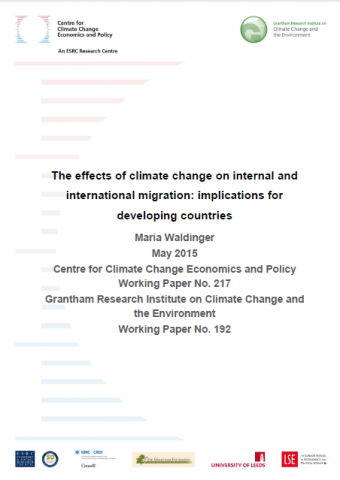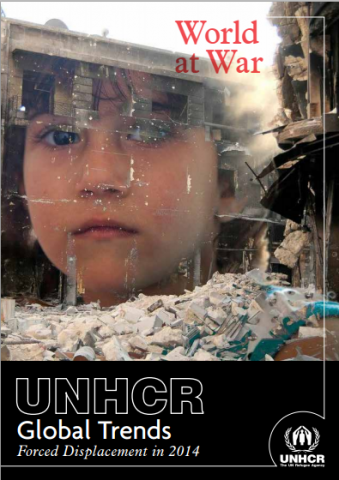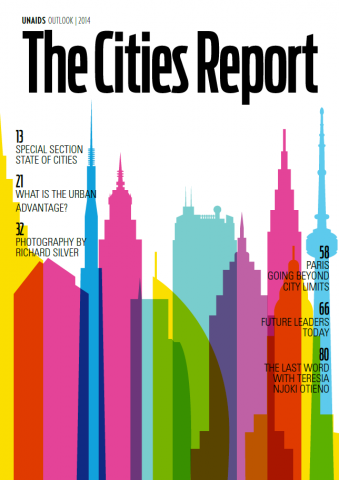The effects of climate change on internal and international migration: implications for developing countries
This synthesis paper informs the development community about the effects of climate change on migration patterns within and out of developing countries, concentrating on the economic aspects of migration. Empirical evidence shows that people in developing countries respond to climatic change by migrating internally. Evidence on the relationship between climate change and international migration is […]



